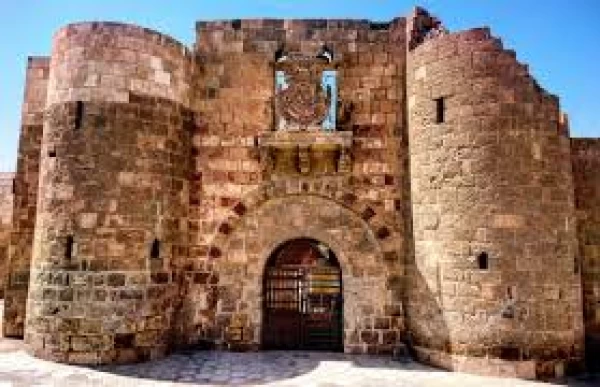
Royal Automobile Museum in Amman
Royal Automobile Museum in Amman
Jordan is a country located in the Middle East which attracts very many tourists due to its numerous historical sites and different terrains. The capital city Amman has a museum which also draws a lot of people every year. This museum is quite unlike many others in the world as it possesses some of the rarest cars and motorcycles collection. In an exclusive report to celebrate International Museum Day, our correspondent will tell you about the Royal Automobile Museum in Jordan.
The first public automobile museum in the Arab world is the Royal Automobile Museum. In honor of the late King Hussein and as a part of Jordanian history, His Majesty King Abdullah II opened the Center in 2003. Out of the collection, 80 cars and bicycles are displayed, belonging to the late King, some of which are as old as the year 1909.
People mostly do not even look at the vehicles that are arranged but every single vehicle has some meaning attached to it in the overall dimension of the life of the late king. Collectively, they emphasize the period in history King Hussein ruled for 47 years, along with the history of the Kingdom since the beginning of His Majesty King Abdullah I in the early 1920s until the current reign of His Majesty King Abdullah II.
Among the exhibits of the museum is a British Aston Martin of the year 1952, which was the first ever sports car acquired by the young Hussein prior to his return to Amman from London to the throne. This car was after a few years gifted by Hussein to Faisal II, a cousin and a contemporary of Hussein’s, but was later found in a very bad state of repair and so was taken back to Hussein’s possession, who later restored the car back in Britain.
Another car on display is a 1961 Lincoln Continental convertible, which has a long history in Jordan, having been used on major occasions, such as the coronation of His Majesty King Abdullah II and Her Majesty Queen Rania Al Abdullah, and their wedding procession. It has also been used in a number of official visits by international dignitaries to Jordan.
To enhance the historical value, the museum utilizes rare archival materials, including photographs and video recordings. It has a special hall for displaying various forms of audio, visual, and written documents, a library, and a souvenir corner, all designed to provide the visitor with a comprehensive historical and educational experience.














